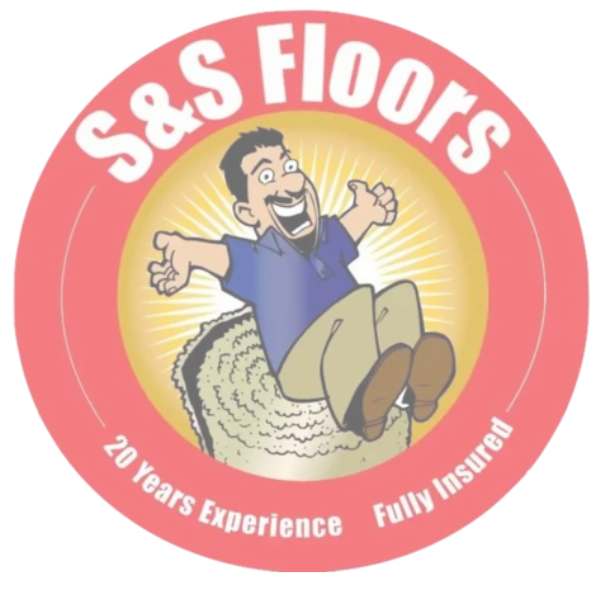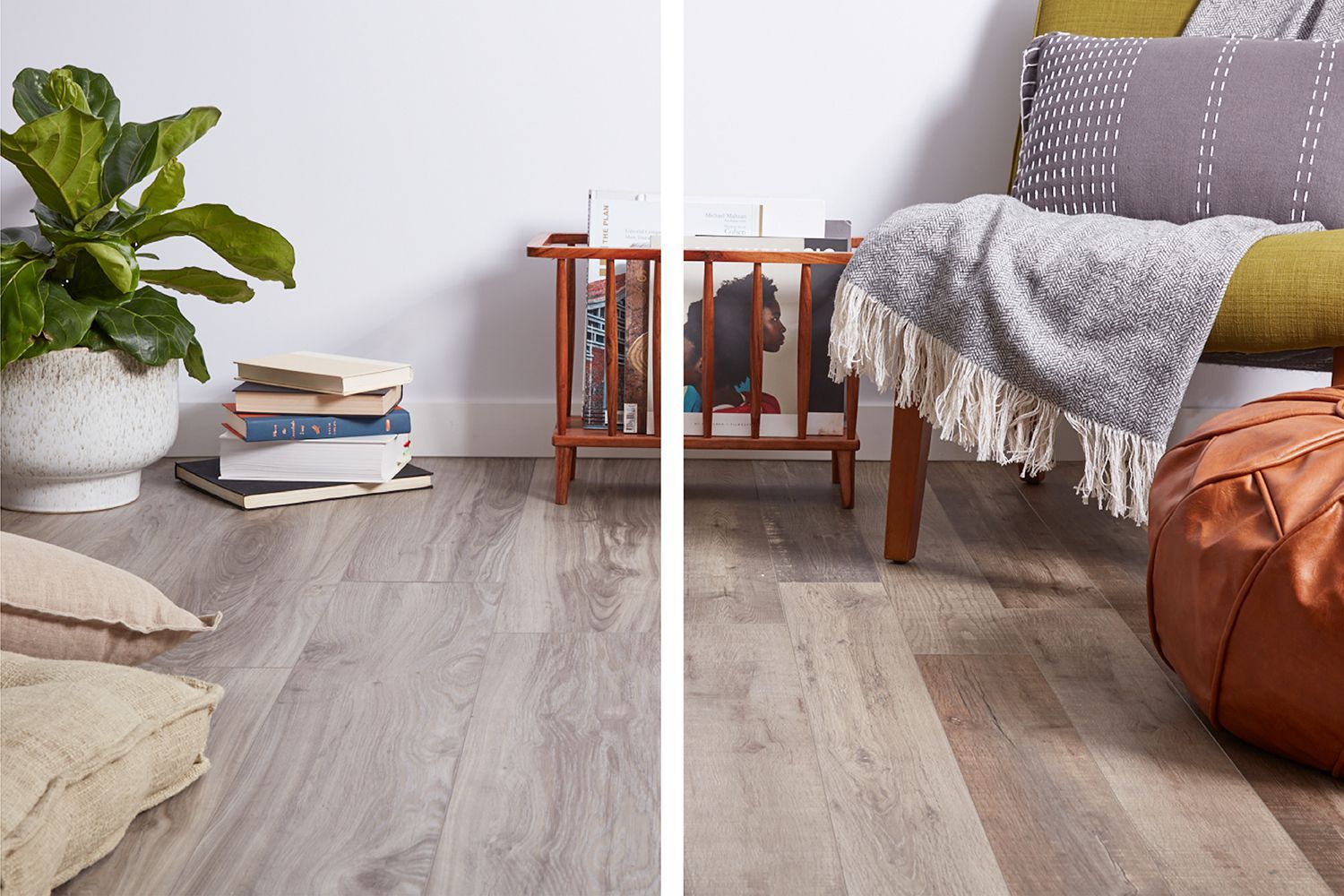Laminate and vinyl plank flooring are both popular, durable, and stylish options for homeowners. However, accidents happen, and flooring can sustain damage over time. When that happens, it’s important to know which material is easier and more cost-effective to repair. Let’s break down the differences between laminate and vinyl plank flooring when it comes to repairs.
Understanding Laminate Flooring Repair
Laminate flooring consists of multiple layers, including a high-resolution image layer and a protective wear layer. While it is scratch-resistant, it is not waterproof, which means moisture damage can be a concern.
Common Laminate Floor Issues:
- Scratches and scuffs from furniture, pets, and foot traffic
- Swelling or warping due to moisture exposure
- Chipping or denting from heavy impacts
- Peeling edges from prolonged wear
Repair Options for Laminate Flooring:
- Minor Scratches: Use a laminate floor repair kit or wax pencil to fill in scratches.
- Small Chips: Repair putty or color-matching filler can be used to patch small chips.
- Warped or Water-Damaged Planks: Unfortunately, there’s no way to fully repair swollen laminate. The affected planks need to be replaced.
- Peeling Edges: Applying adhesive to loose edges can help, but replacement may be necessary for severe damage.
Understanding Vinyl Plank Flooring Repair
Common Vinyl Plank Floor Issues:
- Scratches and scuff marks from shoes, pets, and furniture
- Dents from heavy furniture or dropped objects
- Peeling edges or curling due to improper installation or adhesive failure
- Seam separation over time
Repair Options for Vinyl Plank Flooring:
- Minor Scratches: Buffing with a vinyl floor polish or applying a vinyl repair kit can conceal minor marks.
- Dents and Indentations: A heat gun and gentle pressure can help restore some dents, but deep indentations may require plank replacement.
- Peeling or Curling: Reapplying adhesive and securing the edges can resolve this issue.
- Seam Separation: Using a seam sealer or adhesive can help close gaps between planks.
Which is Easier to Repair?
Which is More Cost-Effective?
- Laminate Repairs: Minor repairs like scratch-filling are inexpensive, but plank replacement can be costly due to the difficulty of removal and reinstallation.
- Vinyl Plank Repairs: Most repairs are quick and affordable, and replacing a single plank is often easier and less disruptive than with laminate flooring.
When it comes to repairs, vinyl plank flooring is the clear winner in terms of ease and cost-effectiveness. While both flooring types are durable, vinyl is more forgiving when it comes to everyday damage and is easier to fix. If you have laminate or vinyl flooring that needs repair, working with a professional can ensure a seamless fix that restores your floors to their best condition.



